
|

|
| Church History , 100-1500 AD | ||
Archaeological Time Periods:
|
CLICK ON IMAGES FOR A LARGER IMAGE TO OPEN |
|
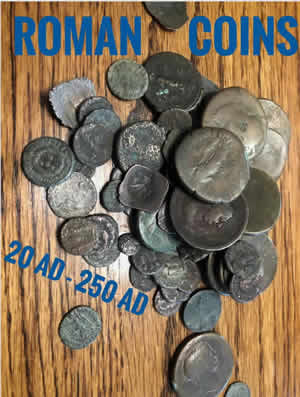 |
< 20-250 AD Roman bronze Coins > |
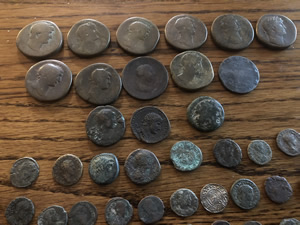 |
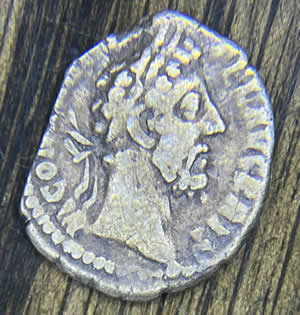 |
186-187 Commodus < OBVERSE: Commodus, laureate REVERSE: Commodus (177-192), son of Marcus Aurelius; Restored Gladiator Games |
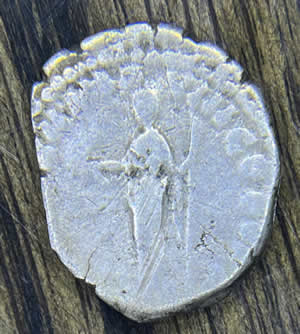 |
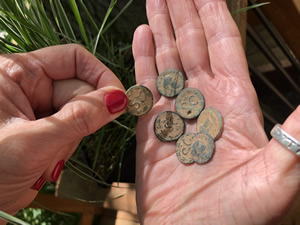 |
< 250 AD Roman bronze Coins marked with SC meaning decree of "SENATUS CONSULTO" for value. The bronze in the coin had very little value, but the SC meant the Roman Senate created wealth by merely decreeing it had value. This was inflation. The silver coin did not need a decree to be valuable because silver in itself has value. > |
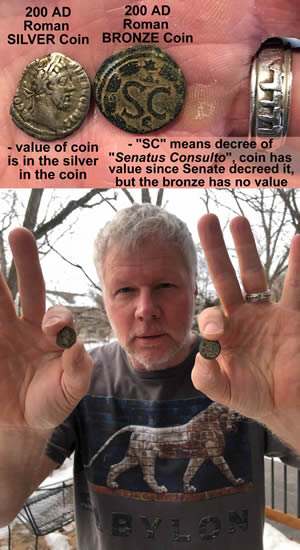 |
 |
250 AD - Roman tile fragment from Israel inscribed in Latin LEXE meaning "the Law" |
 |
 |
Papyrus from around 100-300 AD similar to what the early church read and wrote. |
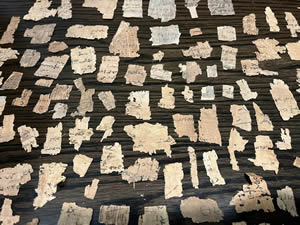 |
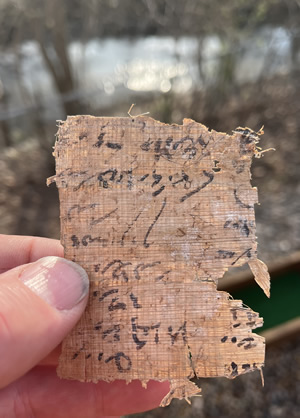 |
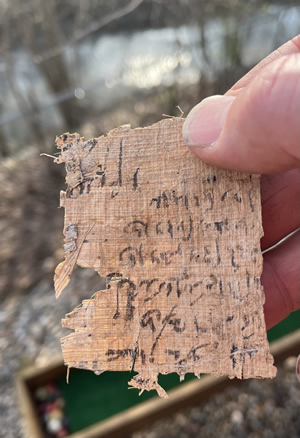 |
|
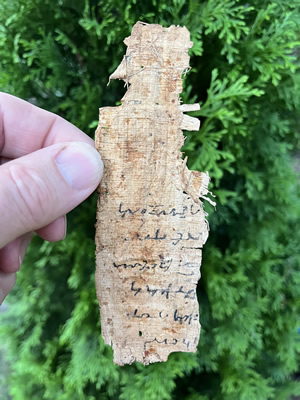 |
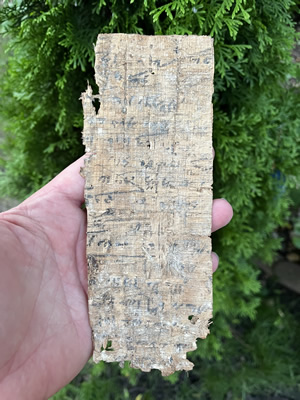 |
|
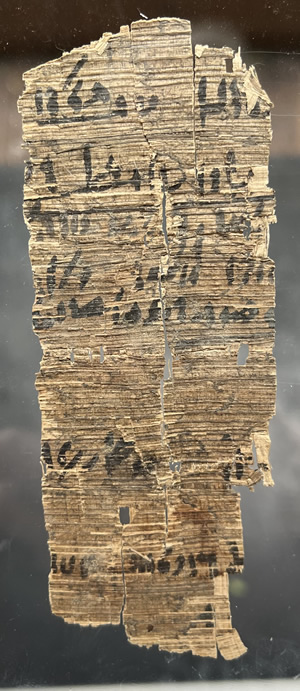 |
||
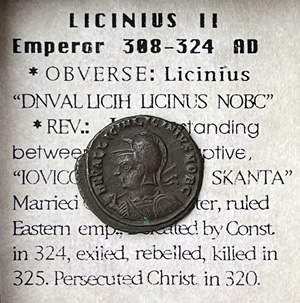 |
< 308-324 - Coin of Licinius II, Roman Emperor in the East (308-324).
The god Jupiter standing between an Eagle and a Captive. > |
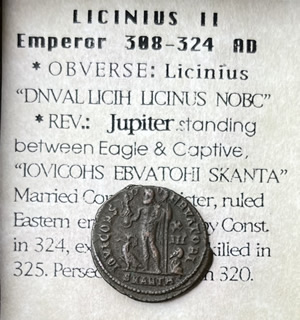 |
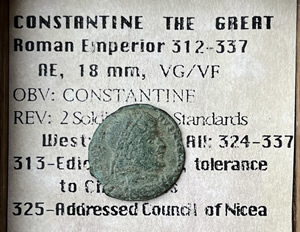 |
< 312-337 - Coin of Constantine the Great, Roman Emperior 312-337. His image is minted on one of his coins. |
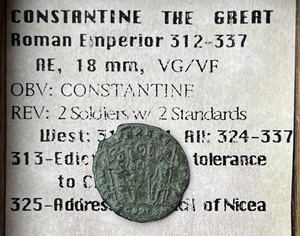 |
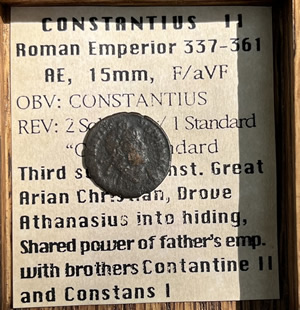 |
< 337-361 - Coin of Constantius II, the third son of Constantine the Great, Roman Emperor 337-361. He was an Arian Christian and drove Athanasius into hiding. Shared his father's empire with his brothers Constantine II and Constans I.
The reverse side of Constantius II coin showing two soldiers with one standard |
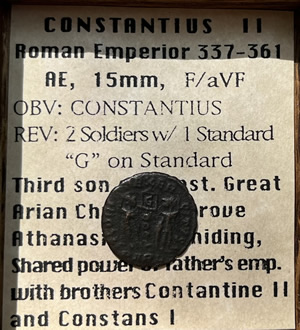 |
 |
|
 |
 |
< Picked up in Avdat, Israel the front of a 325-614 AD Avdat fragment left from Persian destruction of Christian Byzantine community in 614 AD The back side of the same decorative fragment > |
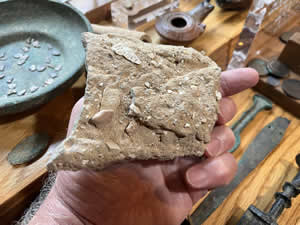 |
 |
A 700-900 AD Byzantine bronze cross pendant with incised circular decoration and surmounted by a suspension loop. < One side has eight incised circles. The other side has four incised circles. > |
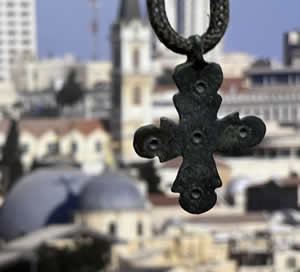 |
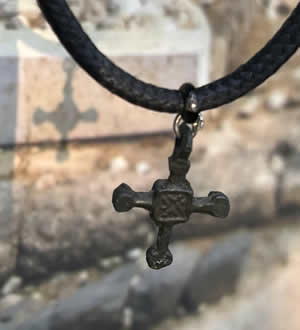 |
<800 AD - A Byzantine bronze cross pendant worn as a necklace between 800-1100 AD by a Christina in Bulgaria near the Danube River. Both sides have an engraved "X" in the center which is the Greek letter CHI, or X, the first letter of the Greek word Christos which means "anointed" Christos is the Greek translation of the Hebrew word mashiyach also meaning "anointed" which is translated in English as "Messiah". English translates the Greek Christos as Christ. | |
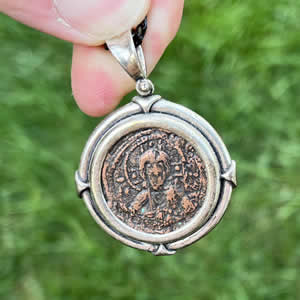 |
< 900 AD Byzantine bronze coin with Christ face on obverse side
900 AD reverse side of Byzantine coin with the Greek letter Chi, or X, over a cross. The "Chi" was the first letter of the Greek word christos (or, English "Christ") > |
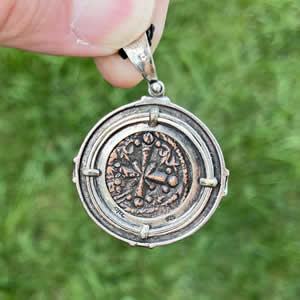 |
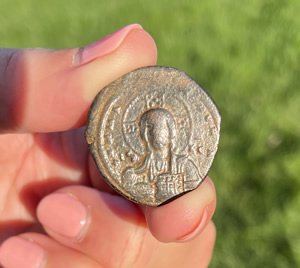 |
995-1025 AD Ancient Byzantine Bronze anonymous follis with bust of Christ during the reign of < Ancient Byzantine Bronze coin Nimbate (or, haloed) bust of Christ, holding Book of Gospels with both hands. Reverse: Inscription in four lines in Latin: "Anonymous follis" refers to the copper coinage that began to appear around 969 AD and continued until about 1092. The “Anonymous Folles” bore neither name nor portrait, nor any other identifying information about the ruler who struck them. < Labeled text and inscription on obverse.
|
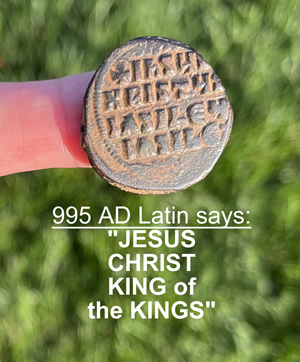 |
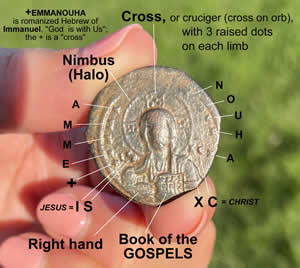 |
||
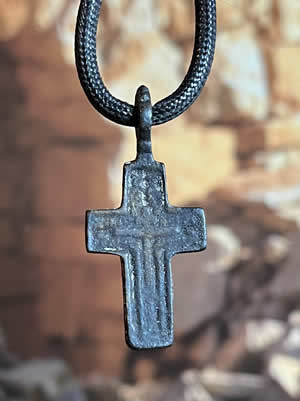 |
< 1000 AD Roman Byzantine Cross Pendant front with cross inscription and a pattern design on the back of the cross pendant > |
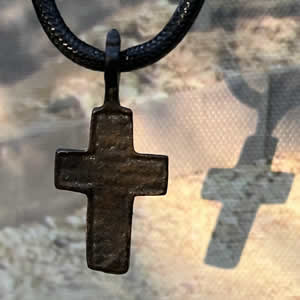 |
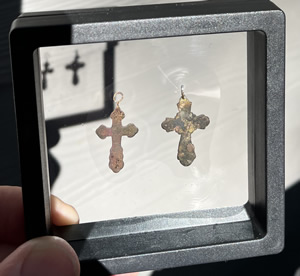 |
1000 AD Roman Byzantine cross pendants < Back side of two seperate pendants Front side of two pendants. The first is inscribed with an inset cross and a letter on each side of the upright bar of cross. The "C" on the right side is the last letter of the name Jesus. The left side likely has an "I" for the first letter of Jesus in Greek. |
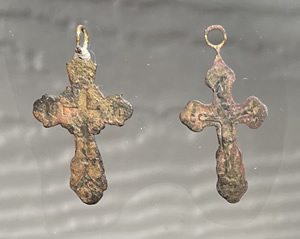 |
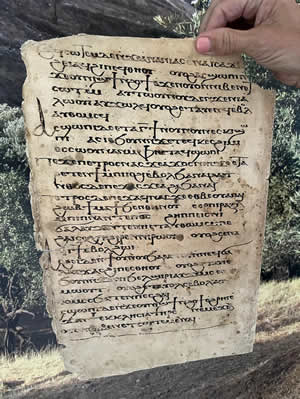 |
1064 AD Coptic Bible Manuscript on paper from Monastery of Kostat in Egypt at Al Muallaka by monk Farjalla commissioned by Lady Mirian, a page from 1064 Bible. This is the front side of the page. |
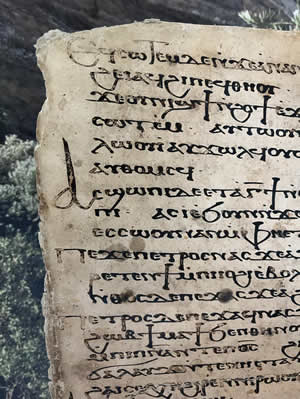 |
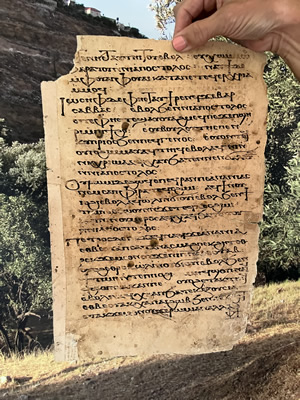 |
1064 AD Coptic Bible Manuscript on paper from Monastery of Kostat in Egypt at Al Muallaka by monk Farjalla commissioned by Lady Mirian, a page from 1064 Bible. |
|
|
1064 AD Coptic Bible Manuscript on paper from Monastery of Kostat in Egypt at Al Muallaka by monk Farjalla commissioned by Lady Mirian, a page from 1064 Bible. < This is the bottom of the second side of the page. This is a photocopy of the back page of the Bible from 1064. The biblical text is written in Coptic. The end of this page provides details in Arabic text translated into English in the bottom right column concerning details of the year, the writer, the commissioner and the location. > |
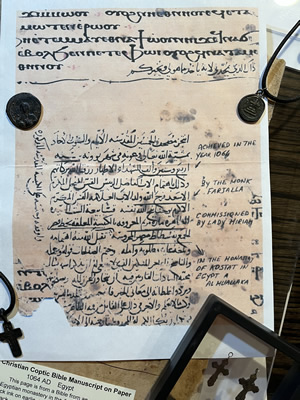 |
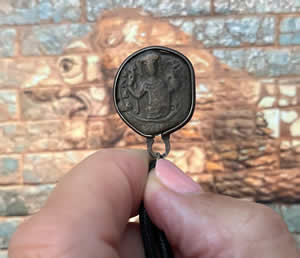 |
<1143-1180 AD - Byzantine Emperor Manuel I Komnenos holds cross supported by a globe in his left hand and a military standard in his right hand. The inscriptin of the Greek letters Chi and Rho, or X and P, are the "Chr-" for the title of "CHRIST" – OBVERSE bronze coin
1143-1180 AD - Byzantine Emperor Manuel I Komnenos IC for First and Last letters of JESUS in Greek. The cross is on a three-step pedestal – REVERSE, bronze coin> (Second Image of cross on coin HERE) |
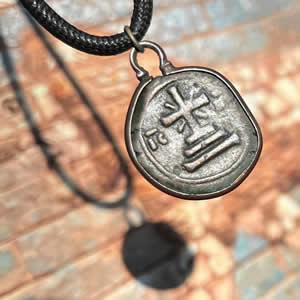 |
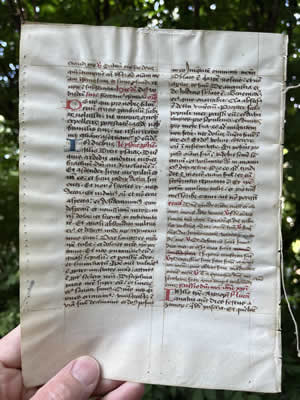 |
< 1385 AD Latin Mass Manuscript |
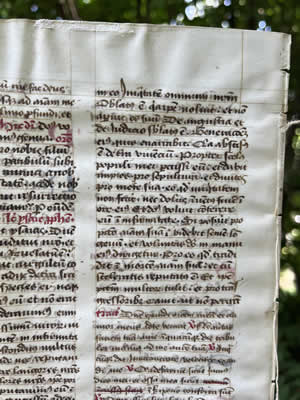 |
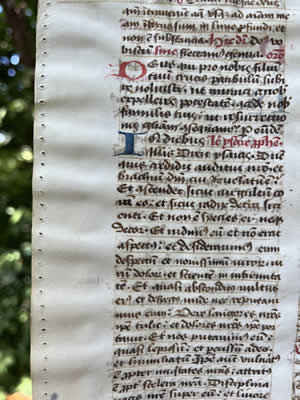 |
< 1385 AD Latin Mass Manuscript |
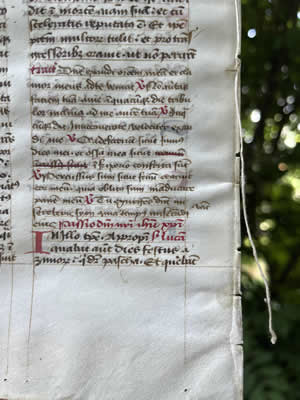 |
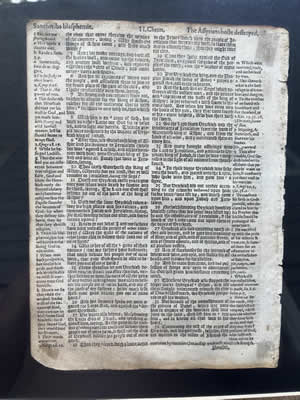 |
< 1560 AD – Geneva Bible 2 Chronicles chapter 32
1560 AD – Geneva Bible 2 Chronicles chapter 32:5-12 with margin notes |
 |
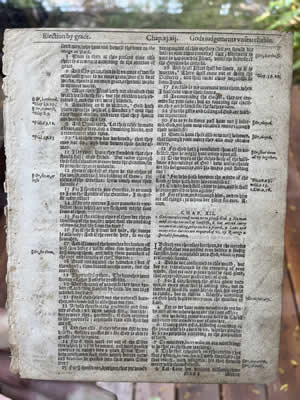 |
< 1611 AD – King James Bible Romans chapter 11-12
1611 AD – King James Bible Romans chapter 12-14 full page >
|
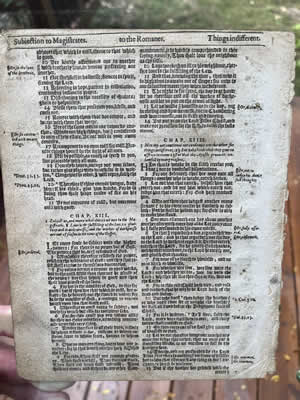 |
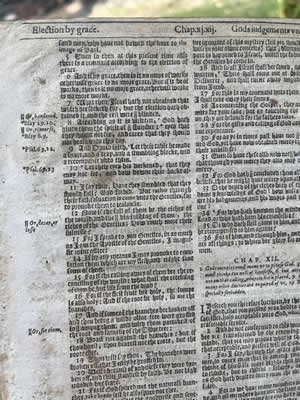 |
< 1611 AD – King James Bible Romans chapter 11:5-19 – Election by Grace
1611 AD – King James Bible Romans
|
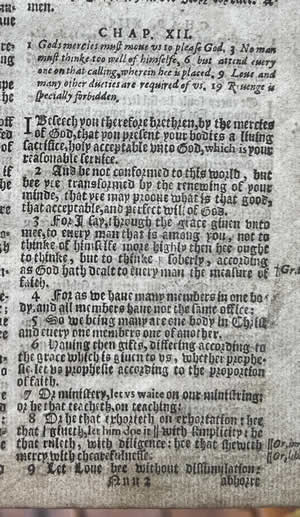 |
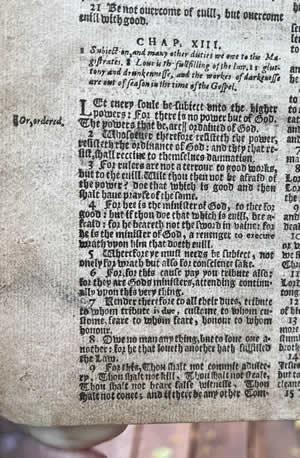 |
< 1611 AD – King James Bible Romans chapter 13:1-9 – Subject to higher powers |
|
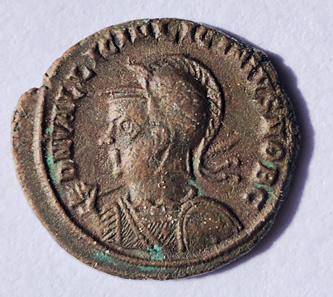 |
< 308-324 - Coin of Licinius II, Roman Emperor in the East (308-324).
The god Jupiter standing between an |
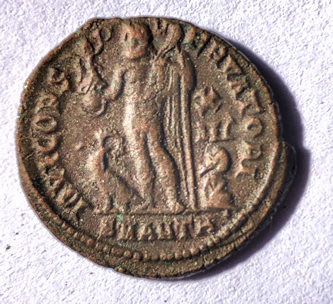 |
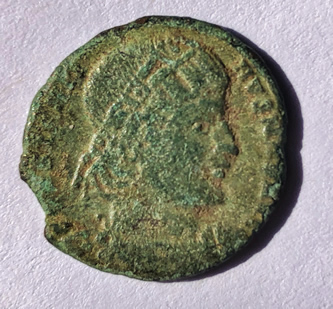 |
< 312-337 - Coin of Constantine the Great, Roman Emperior 312-337. His image is minted on one of his coins. > |
 |
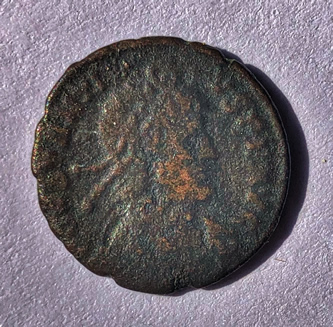 |
< 337-361 - Coin of Constantius II, the third son of Constantine the Great, Roman Emperor 337-361. He was an Arian Christian and drove Athanasius into hiding. Shared his father's empire with his brothers Constantine II and Constans I.
The reverse side of Constantius II coin showing two soldiers with one standard |
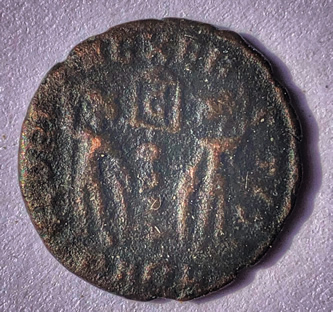 |
Photos were taken by Galyn Wiemers All images may be downloaded, |
For Bible teaching audio, video, notes and study tools visit Generation Word's home at https://www.generationword.com/ |